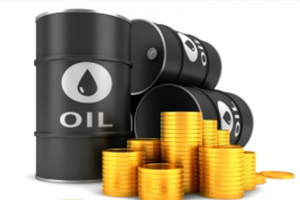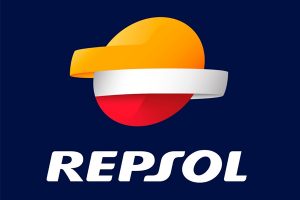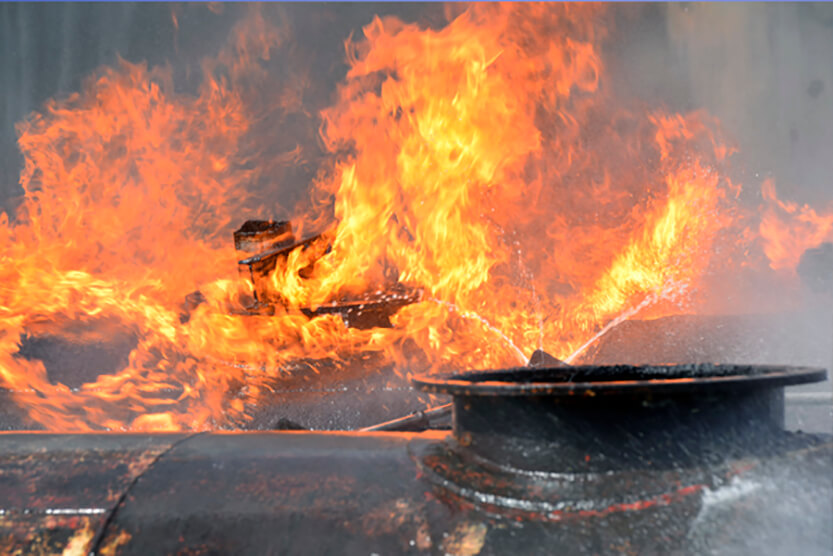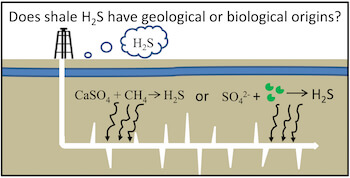Mexico oil production to reach 2.6 mil b/d by 2025: Lopez Obrador
S&P Globals Platts / Wendy Wells / Daniel Rodríguez / September 11
Mexico City — Mexico’s President-elect Andres Manuel Lopez Obrador said Sunday he plans to focus on developing and exploring onshore and shallow water areas under the control of state oil company Pemex to boost the country’s oil production.
“We have a projection, and our plan is to have production of at least 2.6 million b/d by the end of the presidential term; additional production of 800,000 b/d,” Lopez Obrador said in webcast press conference.
Lopez Obrador was speaking to journalists after a meeting with Mexican drilling and oil service companies at Villahermosa in Tabasco.
Mexico’s production averaged 1.8 million b/d in July, down from an historical high of 3.4 million b/d in 2004, latest data from Mexico’s National Hydrocarbon Commission showed.
Lopez Obrador said the incoming administration plans to tender drilling contracts in December when his six-year term begins to develop Pemex’s shallow water and inland areas to boost oil production. “We are inviting all companies to participate in these tenders. However, we will have a preference over domestic contractors,” he added.
He said he planned to add Peso 75 billion ($3.9 billion) to Pemex’s exploration and production budget to boost drilling and thus raise output. The tenders will help Mexico reverse its production downtrend by the end of 2019, he added.
Mexico’s oil industry is at a crisis as a result of low public investment in the sector. Pemex in 2017 had an E&P capital expenditure budget of Peso 81.5 billion, down from Peso 222 billion in 2014, the company’s annual financial statements show. The cut in Pemex’s budget resulted in a significant decrease in drilling activity; it drilled 83 wells in 2017, compared with 705 in 2013.
Lopez Obrador blamed the previous administration for Pemex’s lower capital expenditure, claiming it was done on purpose amid expectations the private sector would offset lower activity from the state company. “It has been a complete failure, this wrongly named energy reform,” Lopez Obrador said
The president-elect has historically been an opponent of private participation in Mexico’s energy sector. His critics note Pemex’s spending cuts reflect lower global oil prices after 2014.
The president-elect neither mentioned the long-term nature of the energy sector nor the advances made by Eni at Amoca, PanAmerica with Hotchi and Talos with Zama, where peak production across the three fields could be above 250,000 b/d.
Analysts also point out that Lopez Obrador does not acknowledge that it has been a challenge for Mexico to replace production from the aging Cantarell super field, which produced 2.1 million b/d in 2003 and but 160,000 b/d in July.
Mexico won’t call for new hydrocarbon auction rounds until all 107 contracts awarded to date under the energy reform are reviewed for corruption, Lopez Obrador said.
“The majority aren’t working, there is no investment, but those 107 contracts don’t include all the oil regions in the country, just a fraction of Mexico’s hydrocarbon potential,” he added.
The president-elect did not indicate when this contract review process could conclude. Currently, Mexico’s National Hydrocarbon Commission is organizing two gas-rich auction rounds, which are expected to be awarded in February.
The commission postponed both auctions as well as a Pemex’s auction to farm out seven onshore clusters in southern Mexico from this summer until the coming year, citing a request from the industry for more time to analyze the areas as well as the opportunity to involve the incoming administration in the process.
Lopez Obrador said the state owns all of Mexico’s oil resources, and has greater control over areas that have not yet been assigned. “The greater majority of our oil potential is still under the control of Pemex,” he added.
S&P Globals / Wendy Wells / Daniel Rodríguez / September 11







